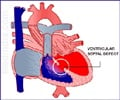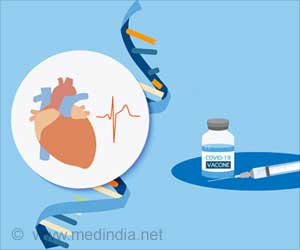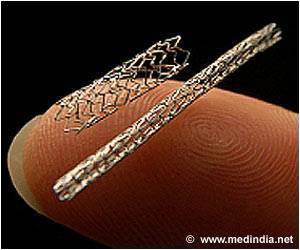Study says use of standardized protocol for a multidisciplinary acute aortic dissection (AAD) program resulted in a 43 percent reduction in time to diagnosis for AAD

"Aortic dissection has a much higher mortality rate than more prolific disease states, such as severe heart attacks," explained Kevin M. Harris, MD, who is co-director of the Acute Aortic Dissection Program at the Minneapolis Heart Institute® at Abbott Northwestern Hospital in Minneapolis, Minn.
The International Registry of Acute Aortic Dissection (IRAD) estimates that the average time between an emergency room arrival and the diagnosis of acute aortic dissections is 4.3 hours.
In an effort to accelerate the time between hospital arrival to diagnosis and diagnosis to intervention, Harris and his colleagues at the Minneapolis Heart Institute® and Minneapolis Heart Institute Foundation established quality improvement protocols and standardized care measures throughout 32 community hospitals in Minnesota, North Dakota and western Wisconsin. As part of an ongoing AAD educational program, the participating facilities received more than 60 lectures and training sessions on AAD and received program-related protocols and toolkits.
During the study, the researchers examined 101 patients with aortic dissection—68 percent of whom had aortic dissection affecting the ascending aorta (Type A) and 76 percent were transferred to the aortic dissection center from community hospitals.
Overall, the study showed that the system-wide education and coordination efforts resulted in a 43 percent reduction in time to diagnosis for all cases of AAD and a 55 percent reduction in the time from diagnosis to intervention in surgically managed type A patients.
The researchers also reported a 30 percent decrease between the time a patient was diagnosed with aortic dissection and the time they presented to the operating room. "The times prior to use of the protocols were 728 minutes compared to 360 minutes after implementation of the protocols, and we've cut the time of transfer from arrival to the operating room basically in half," said Dr. Harris.
Source-Eurekalert
 MEDINDIA
MEDINDIA




 Email
Email





